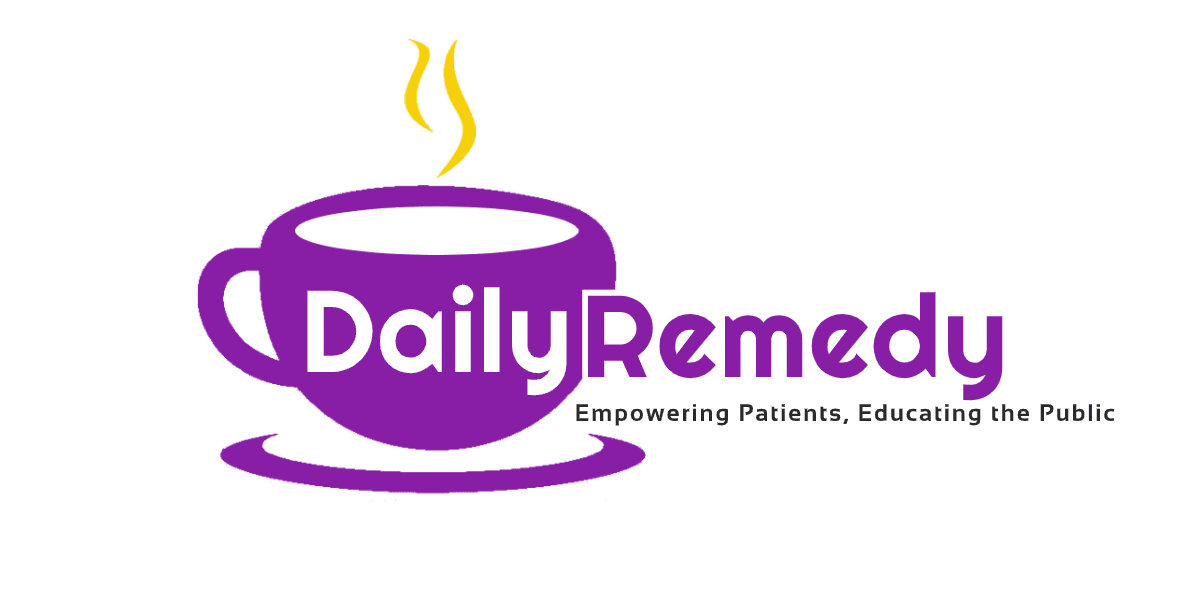During February–December 2021, using a face mask or respirator in indoor public settings was associated with lower odds of acquiring SARS-CoV-2 infection, with protection being highest among those who reported wearing a face mask or respirator all of the time. Although consistent use of any face mask or respirator indoors was protective, the adjusted odds of infection were lowest among persons who reported typically wearing an N95/KN95 respirator, followed by wearing a surgical mask. These data from real-world settings reinforce the importance of consistently wearing face masks or respirators to reduce the risk of acquisition of SARS-CoV-2 infection among the general public in indoor community settings.
These findings are consistent with existing research demonstrating that face masks or respirators effectively filter viruses in laboratory settings and with ecological studies showing reductions in SARS-CoV-2 incidence associated with community-level masking requirements (6,7). While this study evaluated the protective effects of mask or respirator use in reducing the risk the wearer acquires SARS-CoV-2 infection, a previous evaluation estimated the additional benefits of masking for source control, and found that wearing face masks or respirators in the context of exposure to a person with confirmed SARS-CoV-2 infection was associated with similar reductions in risk for infection (8). Strengths of the current study include use of a clinical endpoint of SARS-CoV-2 test result, and applicability to a general population sample.
The findings in this report are subject to at least eight limitations. First, this study did not account for other preventive behaviors that could influence risk for acquiring infection, including adherence to physical distancing recommendations. In addition, generalizability of this study is limited to persons seeking SARS-CoV-2 testing and who were willing to participate in a telephone interview, who might otherwise exercise other protective behaviors. Second, this analysis relied on an aggregate estimate of self-reported face mask or respirator use across, for some participants, multiple indoor public locations. However, the study was designed to minimize recall bias by enrolling both case- and control-participants within a 48-hour window of receiving a SARS-CoV-2 test result. Third, small strata limited the ability to differentiate between types of cloth masks or participants who wore different types of face masks in differing settings, and also resulted in wider CIs and statistical nonsignificance for some estimates that were suggestive of a protective effect. Fourth, estimates do not account for face mask or respirator fit or the correctness of face mask or respirator wearing; assessing the effectiveness of face mask or respirator use under real-world conditions is nonetheless important for developing policy. Fifth, data collection occurred before the expansion of the SARS-CoV-2 B.1.1.529 (Omicron) variant, which is more transmissible than earlier variants. Sixth, face mask or respirator use was self-reported, which could introduce social desirability bias. Seventh, small strata limited the ability to account for reasons for testing in the adjusted analysis, which may be correlated with face mask or respirator use. Finally, this analysis does not account for potential differences in the intensity of exposures, which could vary by duration, ventilation system, and activity in each of the various indoor public settings visited.
The findings of this report reinforce that in addition to being up to date with recommended COVID-19 vaccinations, consistently wearing face masks or respirators while in indoor public settings protects against the acquisition of SARS-CoV-2 infection (9,10). This highlights the importance of improving access to high-quality masks to ensure access is not a barrier to use. Using a respirator offers the highest level of protection from acquisition of SARS-CoV-2 infection, although it is most important to wear a well-fitting mask or respirator that is comfortable and can be used consistently.
Source: Centers for Disease Control and Prevention
https://www.cdc.gov/mmwr/volumes/71/wr/mm7106e1.htm















